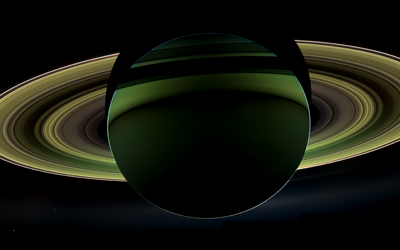
UCLA is internationally recognized for its leadership in space plasma physics, with research spanning data analysis, simulation, and theoretical modeling of solar wind dynamics, planetary magnetospheres, and interactions between the solar wind and various solar system bodies. The university has a long-standing tradition of designing and building advanced magnetometers for both space and ground-based missions, contributing significantly to our understanding of the magnetized space plasma environment through historic and ongoing missions such as Galileo, ST-5, InSight, ELFIN, and MMS. Additionally, UCLA researchers play key roles in analyzing data from major international missions, including Cassini, CLUSTER II, Rosetta, STEREO, and Venus Express.
Faculty in Space Physics
| Title | Position | Email Address |
|---|---|---|
| Vassilis Angelopoulos | Professor | vassilis@g.ucla.edu |
| Hao Cao | Assistant Professor | hcao@epss.ucla.edu |
| Margaret Kivelson | Professor Emerita | mkivelson@igpp.ucla.edu |
| Robert McPherron | Professor Emeritus | rmcpherron@igpp.ucla.edu |
| Christopher Russell | Professor Emeritus & Distinguished Research Professor | ctrussel@epss.ucla.edu |
| Marco Velli | Professor | mvelli@epss.ucla.edu |
| Ray Walker | Professor Emeritus | rwalker@igpp.ucla.edu |
